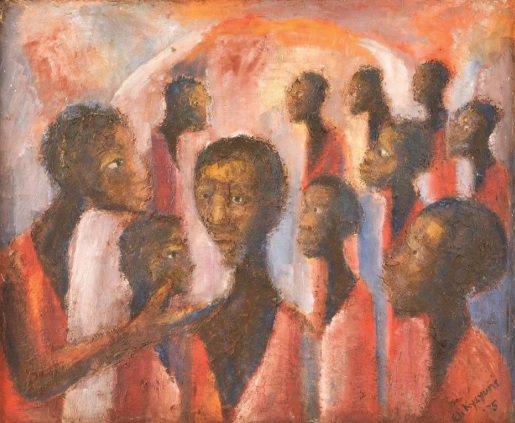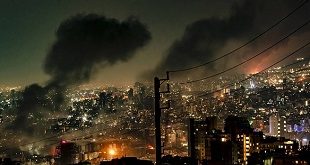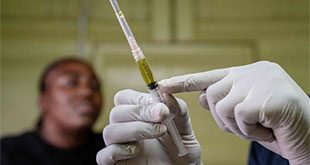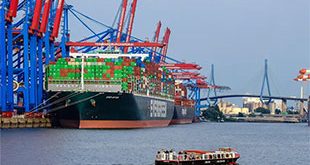
Why Uganda needs a national archive for art
Kampala, Uganda | DOMINIC MUWANGUZI | With no national museum of art, Uganda suffers from not having a national archive for art. Therefore, it is convenient for one to conclude there is no art in Uganda because of an absence of a national collection of art that showcases the diverse approach in subject matter and technique of artists from the past and present.
Today, it is generally the practicing artists that are celebrated and hardly any artworks of artists from yesteryear are showcased anywhere on the local art scene. Yet many past art masters contributed a great deal to the art landscape. But they are forgotten.
Past masters invented integrating traditional art forms with the modern, hence spearheading the idea of innovation and experimentation that is so much emphasised today. This article puts the spotlight on some forgotten art masters and their practice. Hopefully that will contribute to art research that is crucial in the development of the Kampala contemporary art scene.
Samuel Kakaire: He was a distinctive painter who had studied byzantine wall painting in Russia that exposed him to Russian iconographic art. Back home he integrated Uganda’s traditional motifs with ancient-Russian byzantine culture. The blend of techniques gave his art an edge as he experimented with a diversity of media like frescos, stained glass, batik on silk and egg tempra on canvas. He last exhibited in the 1990s.
Ignatus Serulyo: The artist is responsible for the iconic stained glass mural painting that graces the façade of the administration building that inhabit the office of the dean of the school of art, Makerere University. The figurative mural Untitled 1965 showcases a rural scene where men and women are tending to their cattle with birds in the background. The approach is a blend of traditional art practices with the European modernist style of painting. The artist also has a sculpture in the courtyard of the Makerere art gallery of a seated nude woman in concrete. The artwork Untitled 1963 is probably the first attempt on the subject of nudity by a Ugandan artist. His exploration of the human form in this sculpture was brilliant.
Eli Kyeyune: Kyeyune’s art exuded complete mastery in terms of emphasising indigenous art concepts and forms in its composition. The approach made his work unique; with a blend of bold outlined lines and curves to suggest the idea of exaggeration in his paintings that are evident in `Girl 1970’. The masterpiece showcases a young woman whose gown has fallen and is exposing her supple breasts to the audience. Her long exaggerated neck and chiseled facial features connote that she comes from a royal lineage. Other works by the artist carry this unique style of the artist that defies the European modernist form of painting. Little wonder the artist was unable to finish his diploma at the art school, Makerere. The artist passed on in 2000, but his work has in the past featured in the East Africa Art Auction.
Romano Lutwama: According to art critics, Lutwama is described as an artist who was fascinated by the exploration of colour relationships and tonal dynamism. He was a contemporary of Eli Kyeyune and Fabian Mpagi whose approach on canvas was liberal; especially on colour application. Lutwama avoided the classroom approach to painting that emphasised following a particular colour scheme while drawing. He instead used his own methodology of colour psychology on canvas that drew a lot of attention from his collectors. His protégé include Stephen Kasumba who defies the notion of conventional painting on canvas. Lutwama’s work often features in the East Africa modern and contemporary art Auction in Nairobi. The artist passed on in 2004.
 The Independent Uganda: You get the Truth we Pay the Price
The Independent Uganda: You get the Truth we Pay the Price






I have an Eli Kyeyune painting on auction now in Kingston, Ontario – auction finishes Oct 20 2020.
https://maxsold.maxsold.com/auction/24884/item/original-art-a-2356063/
I have bought three paintings of Romano Lutwama, when I worked in Kampala around 2001. They are incredibly contemporary, colourful and dynamic and bring me a lot of joy every day. The are called: Africa and the Eats, The market place and Musicians.